Hands up if you remember all those months of dark days and cold wintry weather? Thankfully, it seems these are but a distant memory and most of us are looking forward to our summer holidays. However, for hay fever sufferers like me, this time of year can be rather debilitating – in fact, I really suffer from now all the way through to September. You can imagine I’m less than delighted when the seasonal pollen makes its annual appearance. So, I’ve put together a selection of hay fever treatment ideas to help me (and you) survive the summer holidays. Read on to discover what I’ve been trying to alleviate my suffering!
What is hay fever?
Also known as allergic or seasonal rhinitis, hay fever is a condition caused by an allergic reaction to pollen. Common symptoms include sneezing, coughing, a blocked or runny nose, red/itchy swollen eyes, and a scratchy throat. In other words, imagine a really unpleasant head cold that lasts for up to four to five months! Some people also experience headaches and/or earache, lose their sense of smell, and generally feel extra tired and lethargic. If you suffer from asthma, you might also cough more, and feel wheezy or short of breath.
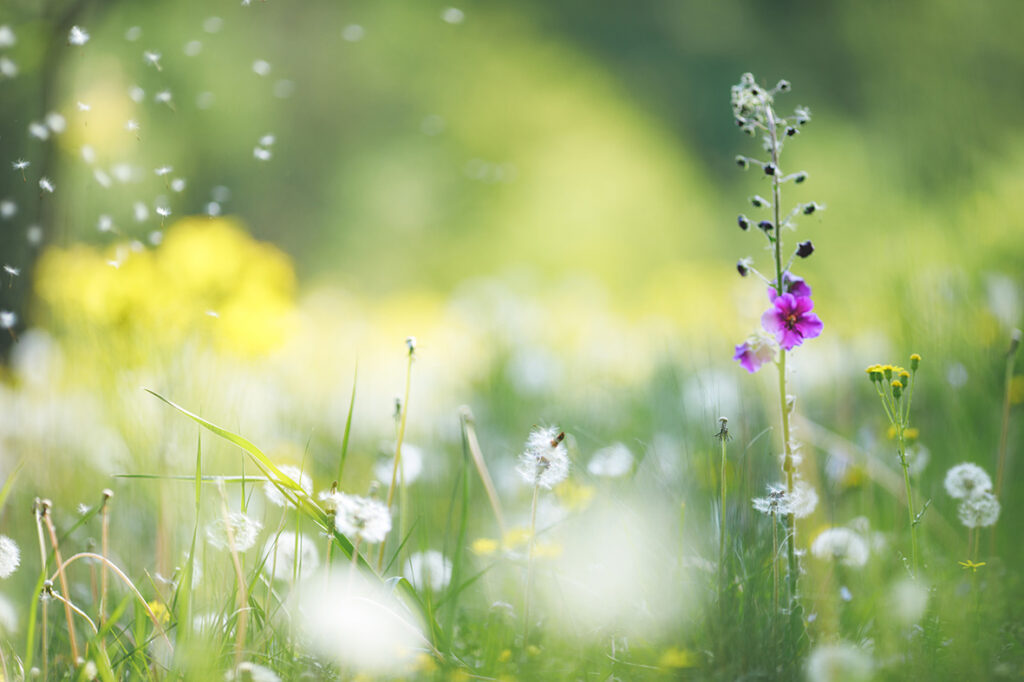
The different types of pollen
The severity of your symptoms – and how long they last – depends on a number of factors, most notably the type of pollen you are allergic to. Because (more bad news) there’s more than one type! If your hay fever symptoms start early (from late March until mid-May) it’s likely that the culprit is tree pollen. Apparently, this affects around 25% of people. Larger numbers are allergic to grass pollen, which causes problems from mid-May until July. Lastly, there’s weed pollen. In theory this can be released at any time, but is usually worse from the end of June to September.
Other contributory factors
Judging by when my hay fever symptoms start, I think I’m definitely allergic to weed pollen. Where I live is also a factor. I adore my garden office and regular walks around my local park, but it is all fairly rural. Hay fever sufferers fare better in urban areas, which have lower pollen counts than the countryside. However, inland places have higher counts than around the coast.
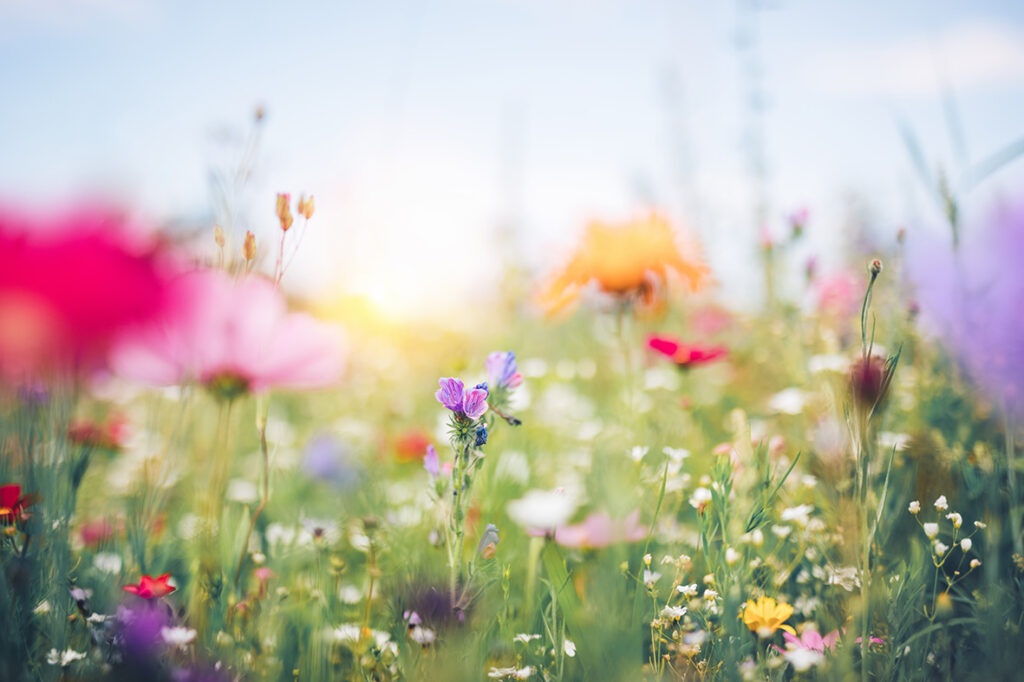
The weather can also influence the timing and intensity of the different pollen peaks. On humid and windy days, for example, pollen spreads far more easily. Rainy days might be a bit depressing in high summer, but they do clear pollen from the air. It might be tempting to hide away indoors, but do try to keep your regular outdoor exercise routine. “Regular exercise helps support your immune system, so don’t give up during the hay fever season,” advises A.Vogel nutritional therapist, Alison Cullen. “If you exercise outdoors, try to do it early morning or late evening, as most pollen peaks around noon or early evening.” You can learn more about the pollen count in your area by visiting the A.Vogel Pollen Hub.
How to lessen your hay fever symptoms
There is, unfortunately, no clear cure for hay fever. But there are plenty of things you can try to alleviate your symptoms. Lots of people struggle to get a good night’s sleep when their hay fever kicks in. Putting a spare sheet over your quilt and pillows will help to prevent pollen from gathering on your bedding. Make sure to wash your bedding regularly, on a hot wash to kill off pollen particles. And if possible, dry it indoors, rather than outside on a line, to stop pollen gathering in the creases.
The Daikin Air Purifier
To help me sleep better during hay fever season, I’ve installed the Daikin Air Purifier with Streamer Technology (MC55VBFVM) in our bedroom. On days with a particularly high pollen count, I also transfer it to my garden studio while I’m working. It’s incredibly lightweight so this has become my portable hay fever treatment, which really seems to work.
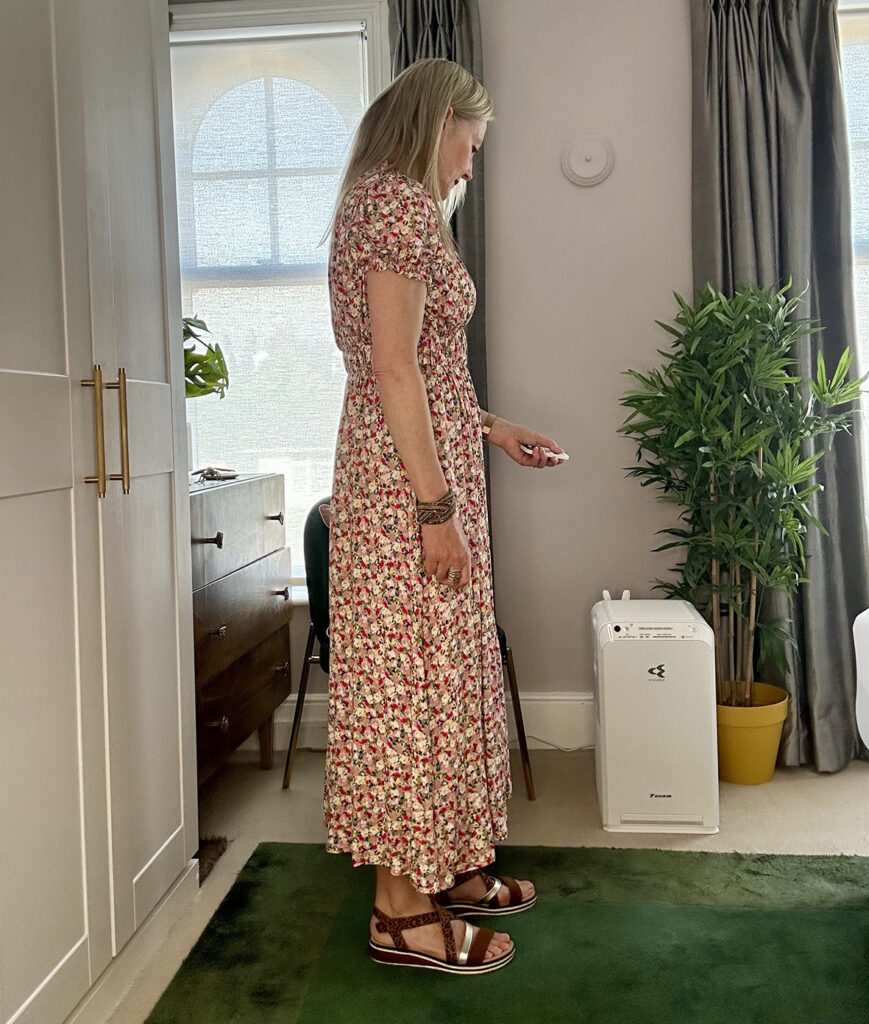
Priced over £300, it isn’t a cheap solution, but I do find that it helps to alleviate the worst of my hay fever symptoms. This model features a high-performance electrostatic HEPA filter. This should last for ten years (which in turn means lower maintenance costs). The Daikin employs a ‘catch and clean’ approach to purify the air in rooms of up to 82sq m, so it’s perfect for larger living areas. In addition to pollen, it also breaks down other harmful particles and allergens, including dust, bacteria, odours, pet hair and mites. Best of all, it really is one of the quietest air purifiers available – an important consideration if you plan to use it while you’re working or trying to sleep!
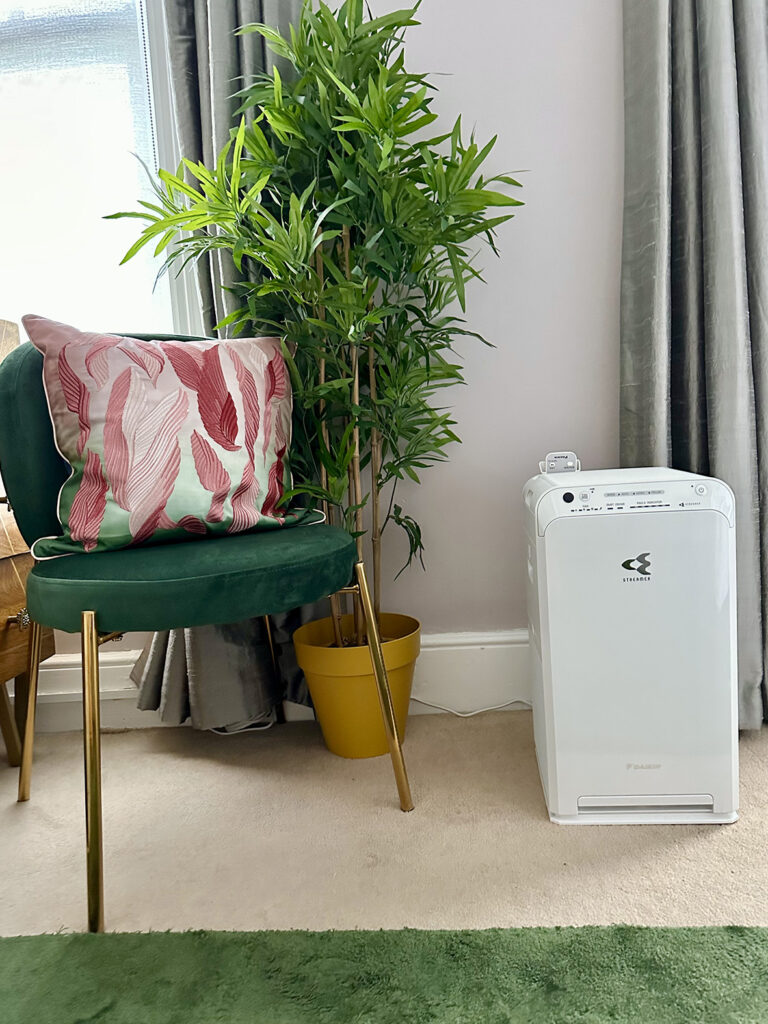
It’s easy to operate and comes with a handy remote control so you can flick between modes, which include a pollen function, quickly and simply. Just make sure you position your air purifier correctly – it needs to be at least 10cm from a wall at the rear and at least 30 cms from your walls either side and choose a place were the air flow can reach all areas of your room. The dust sensor lamp colours range from green, which indicates that the air is clean, yellow and orange through to red, purple and brown. This really is a brilliant piece of kit and well worth the investment.
The Sharp Ultrasonic Aroma Diffuser
Another device I’ve experimented with in terms of a suitable hay fever treatment in my bedroom is the Sharp Ultrasonic Aroma Diffuser. Now, there’s no hard-and-fast scientific evidence that these types of humidifiers can help to improve hay fever symptoms. But it’s well known that certain essential oils, such as lavender and chamomile, can help to reduce stress levels. This in turn can help sleep quality.
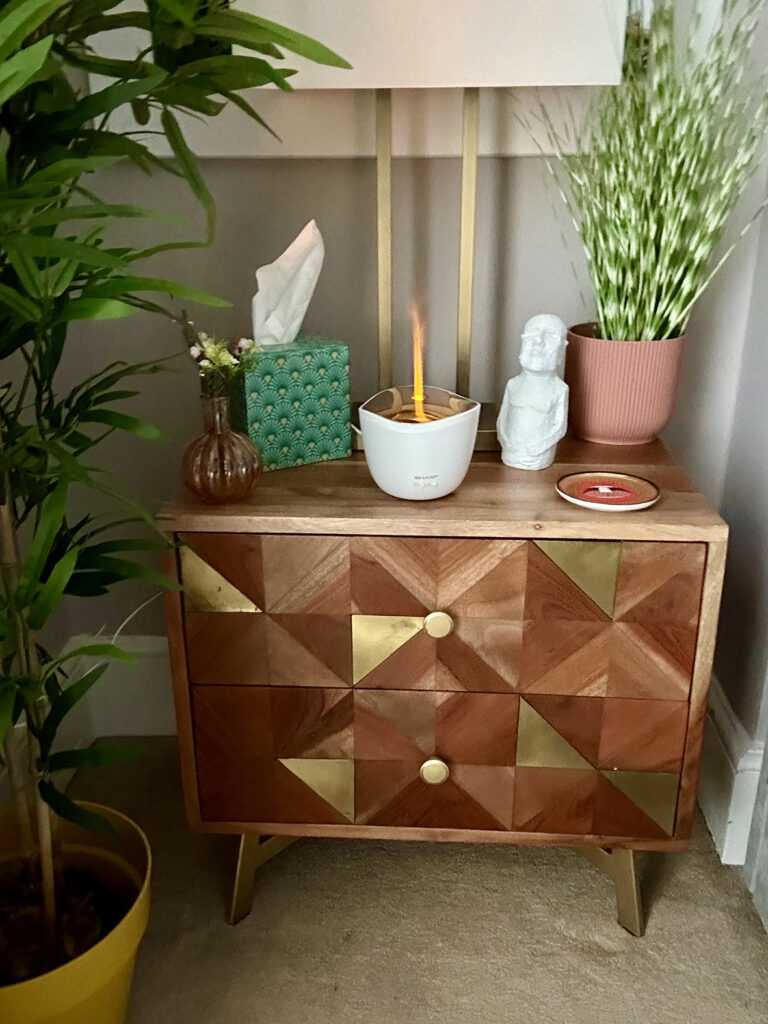
I’ve tried eucalyptus and tea tree oil in mine, both of which are anti-inflammatory. I also hear that peppermint can help to open up blocked sinuses, and that rosemary helps to reduce nasal congestion. I like that this diffuser releases the oils gradually, without overwhelming. It’s also easy to operate and incorporates an adjustable light.
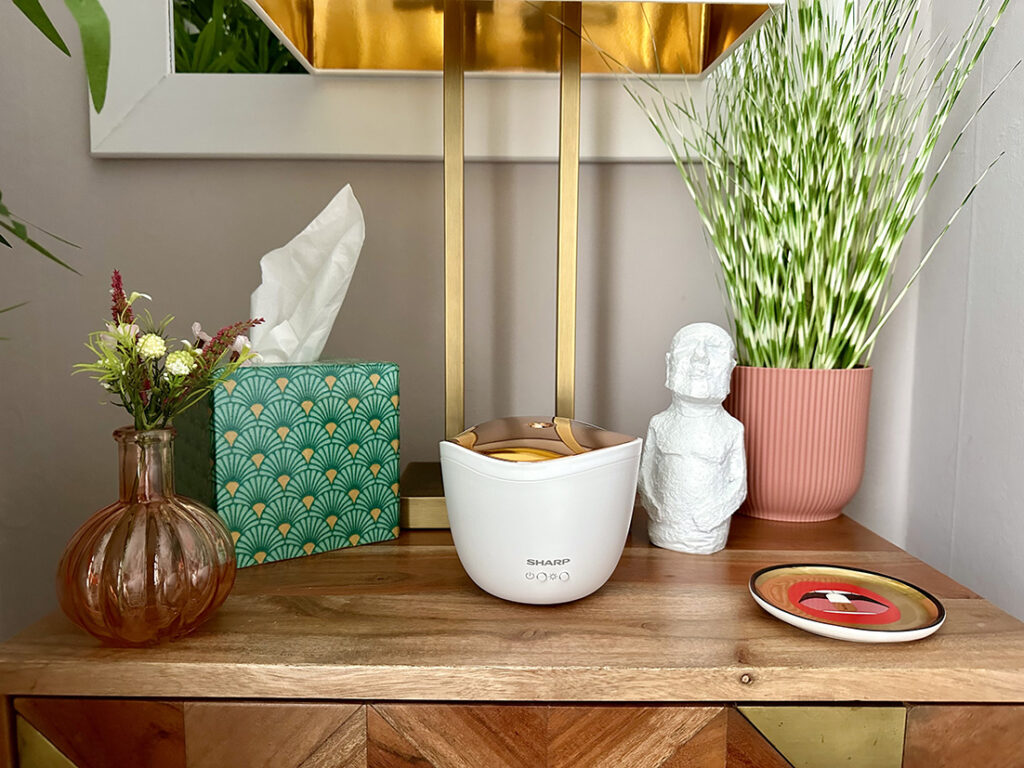
A.Vogel eye drops
There’s no shortage of over-the-counter hay fever treatment remedies available. I’ve been experimenting with A.Vogel’s The Pollinosan Hayfever Eye Drops, which feature chamomile and soothing hyaluronic acid, to relieve red, itchy eyes. I find them really easy to apply. They’re preservative-free, suitable for vegans, and can be used with contact lenses too.
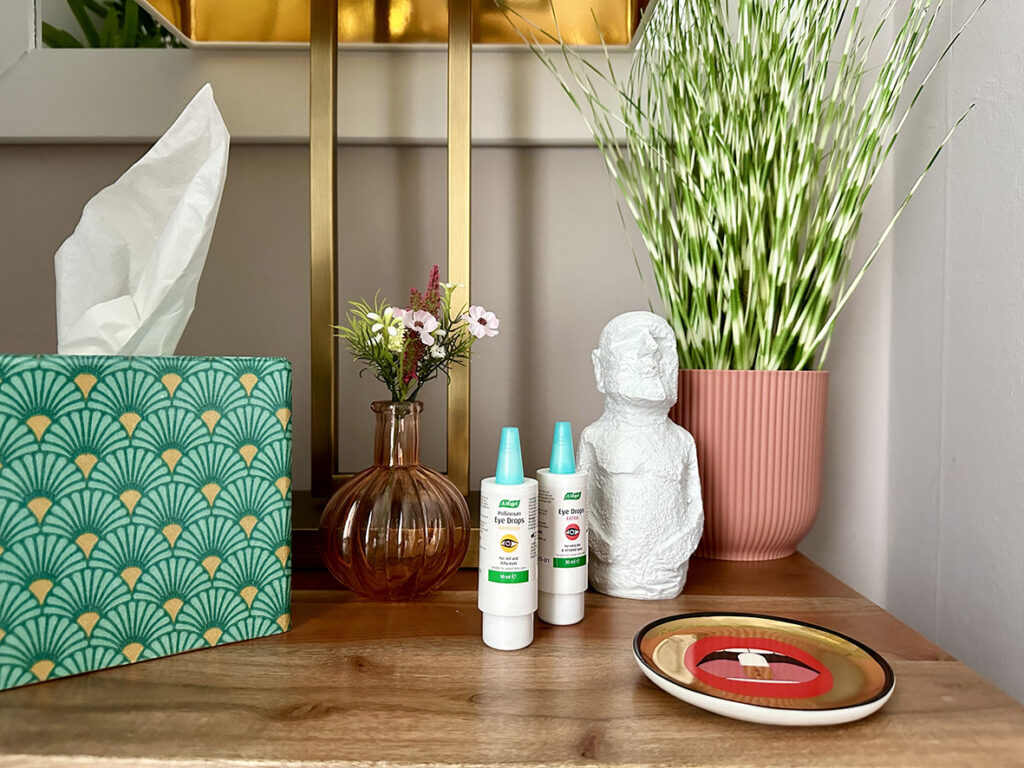
Sterimar Hayfever & Allergy Relief
In addition to my eye drops, I’m also using Sterimar’s Hayfever & Allergy Relief solution every morning and evening. You basically spray it up your nose, which doesn’t sound very pleasant, but it has a very user-friendly nozzle that dispenses super-fine droplets. Nasal sprays like this work by clearing the nasal passages of substances, such as pollen, that cause congestion and irritation. Think of it as a fast, effective hay fever treatment as it’s a good way to wash your nostrils!
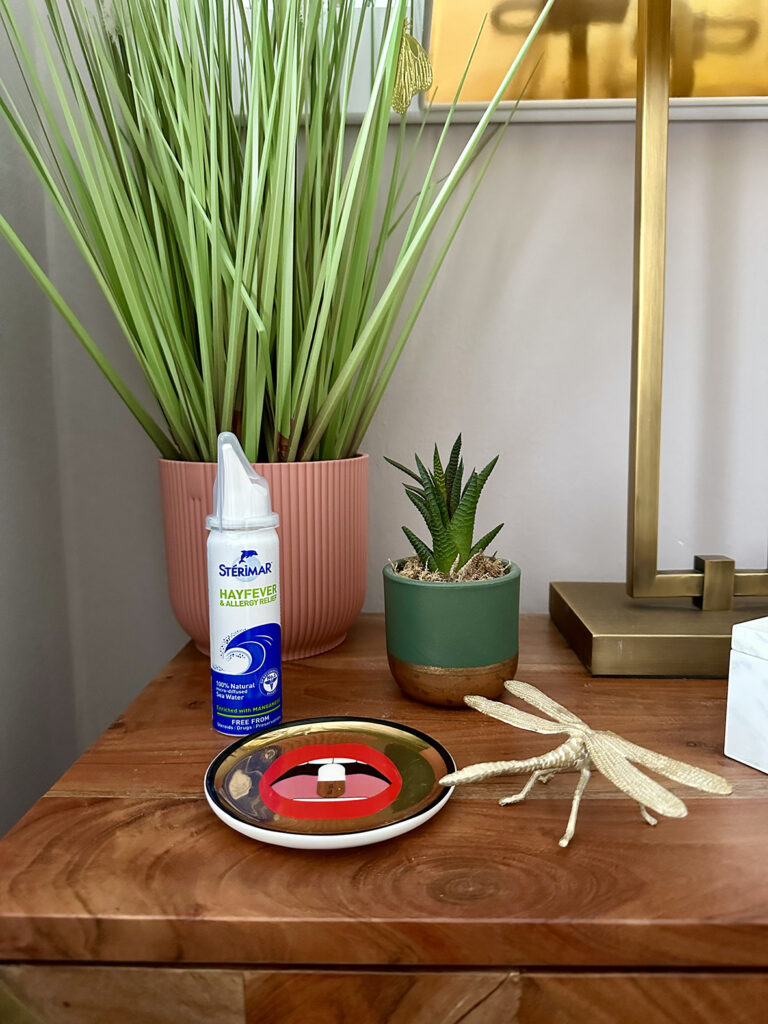
I like the Sterimar spray because it uses only 100% natural, purified seawater, so it’s completely drug- and preservative-free. That means its suitable for almost everyone, even children, pregnant women and breastfeeding mothers. Wondering what isotonic means? That signifies that the solution has the same salt concentration found naturally in the body (0.9% saline). So it’s gentle enough for everyday use, on even the most delicate and sensitive of noses.
Boots Hayfever & Allergy Relief tablets
The final weapon in my war against hay fever is Boots’ Hayfever & Allergy Relief Tablets. Cheap and cheerful, they contain Cetirizine Hydrochloride, from the non-drowsy antihistamine group of medicines. In addition to hay fever, antihistamines can be used to relieve symptoms of other allergies, hives, conjunctivitis and even adverse reactions to insect bites or stings. I take one 10g tablet a day, just before I go to bed. But because they’re non-drowsy, you could take these in the morning too.
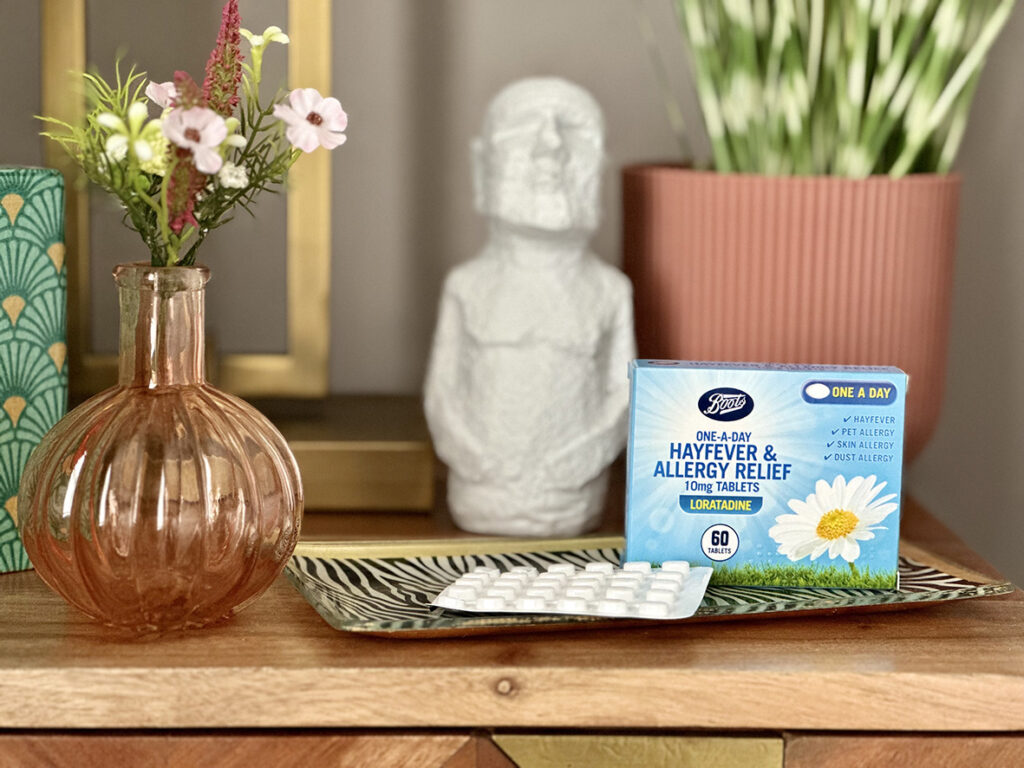
As with all medications, do please read the enclosed leaflet carefully before use. Full disclosure: these tablets contain lactose, so they aren’t suitable if you’re vegan or allergic to dairy.
AD: Many thanks to all the above brands who have kindly collaborated with me for me to produce this blog.
Are you looking for the best cruelty-free sunscreen buys for face and body in 2023? Well you’ve come to the right place – simply hop on over to the beauty section on my blog here to find out which ones are best for those with sensitive skin.





